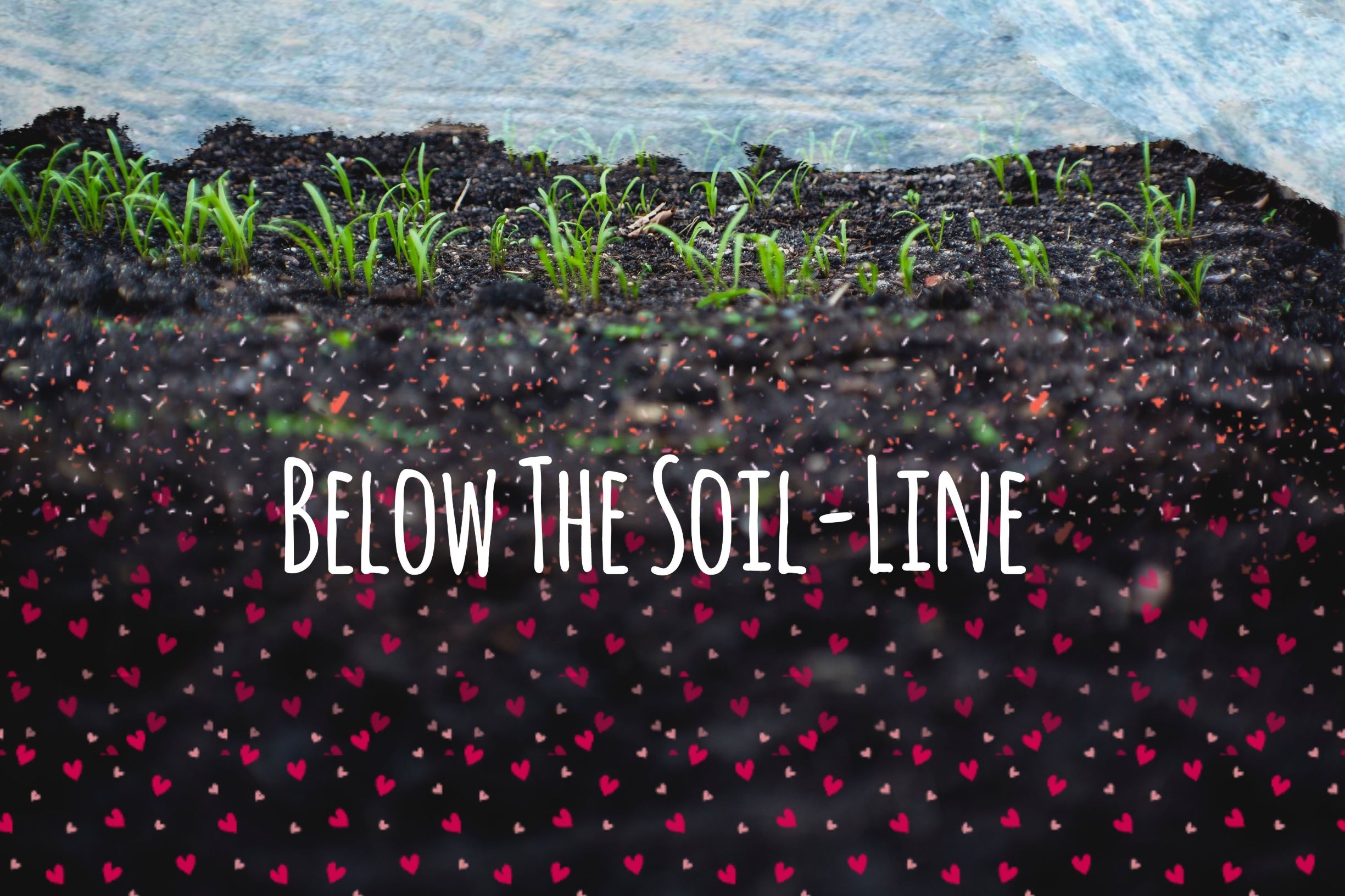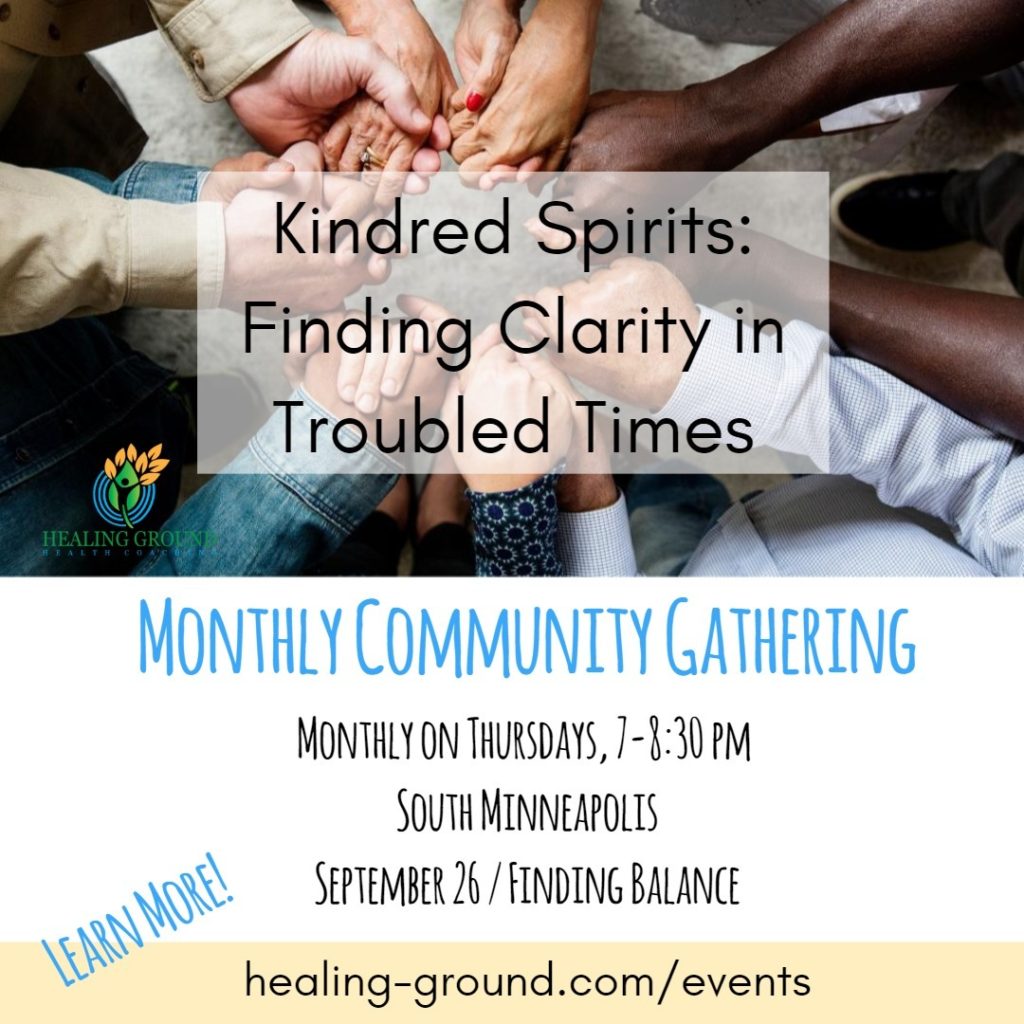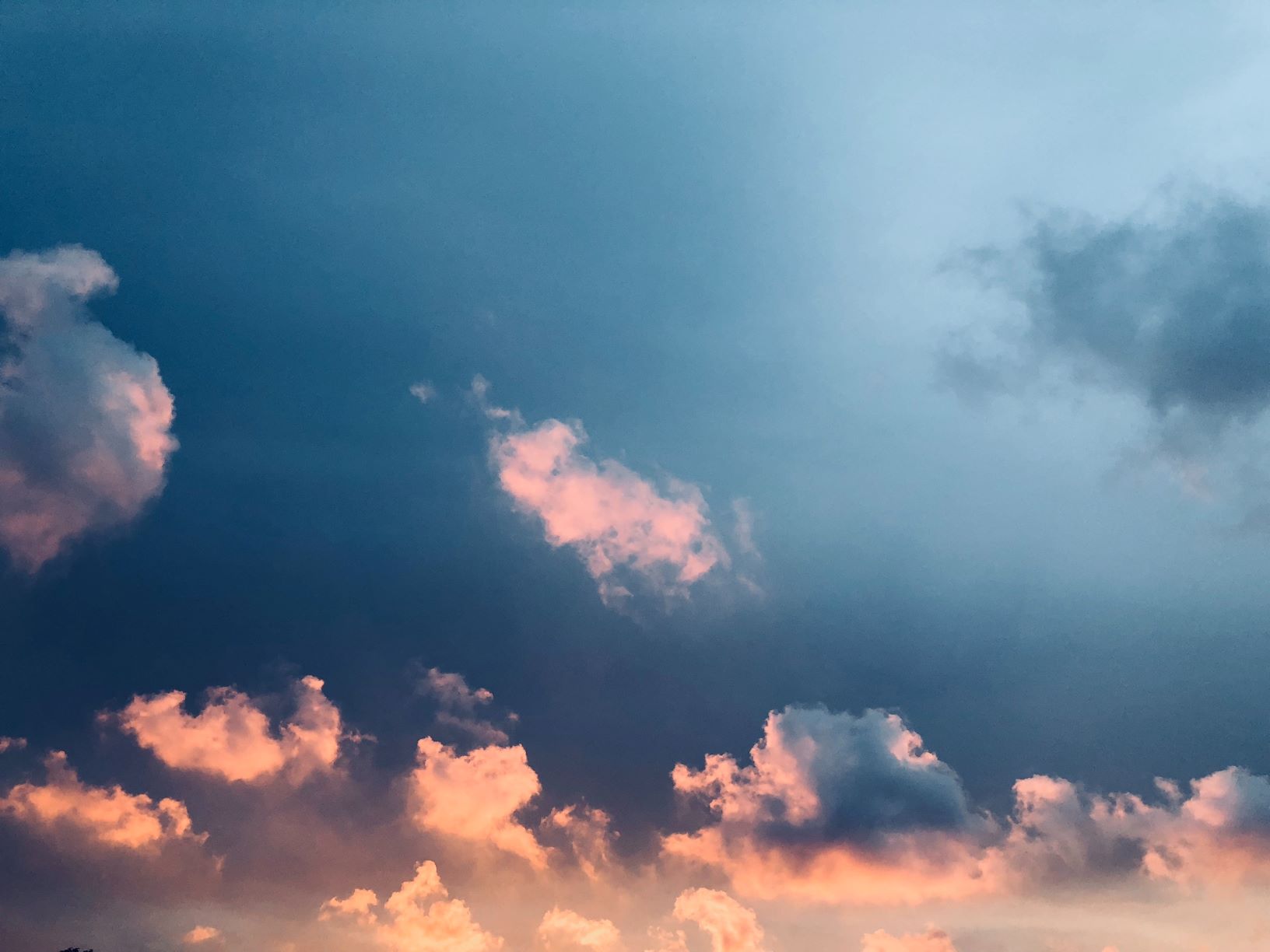My block has been getting a haircut this week. Chain saws and cherry picker trucks are making their way up and down the block, pruning out branches from gangly trees. Trucks, chain saws, cherry pickers, rakes, and new faces are breaking the quiet calm of the neighborhood. There is nothing like the sound of a chainsaw in the morning to get me up and about.
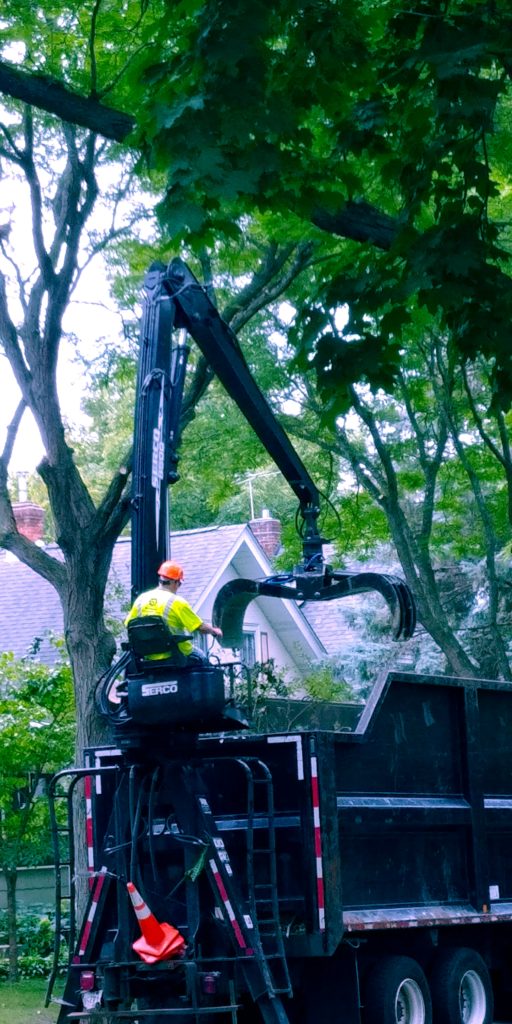
Autumn is the season for this sort of activity. Many trees are best pruned in the cooler weather, and it feels natural to see piles of branches on the ground, waiting for pickup. This is, after all, the time of year when things start to fall down. Apples are being picked, tomatoes are making their last hurrah, and generally mother nature is shedding herself of her fruit. So, the tree trimming seems like a natural extension of seasonal rhythms.
Shifting inward as the season changes
Preparing for winter is a thoughtful affair. I’m looking at a long stretch of pulling closer to myself, with introspection, and quiet, but I find it a little confusing that even though winter feels like a more inward time, I am driven to be more productive and focused on outside work during winter than I do other seasons. I wonder if that is because there seems to be little else to do in our dark, cold winter; or maybe it is the natural order of things. Maybe, as the flora sits buried under the mulch during the cold months, more is going on than meets the eye.
The garden is looking a little tired from all the summer activity. The little prairie on the alley, which flourished this summer, is in full bloom but looking a little faded and worn out. I wonder about what is going on down there beneath the soil line to enable this little miracle to reappear in the spring and flourish throughout the summer, despite the brutal winter conditions to which it is subjected.
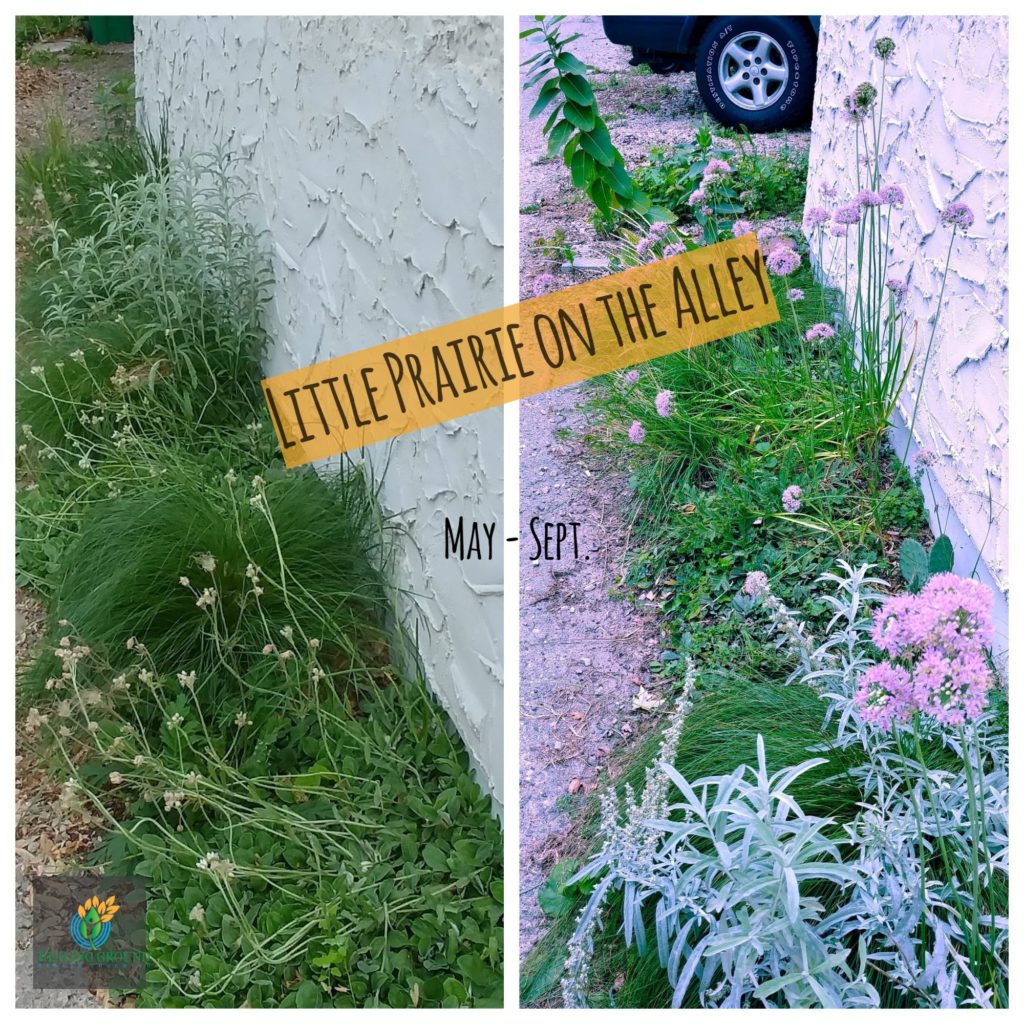
The echinacea, which astonished me this year by pretty much taking over its garden space (after a very sparse year the previous summer), is ready for a break. What happened over the winter that enabled a few lonely echinacea plants to turn into an echinacea jungle?
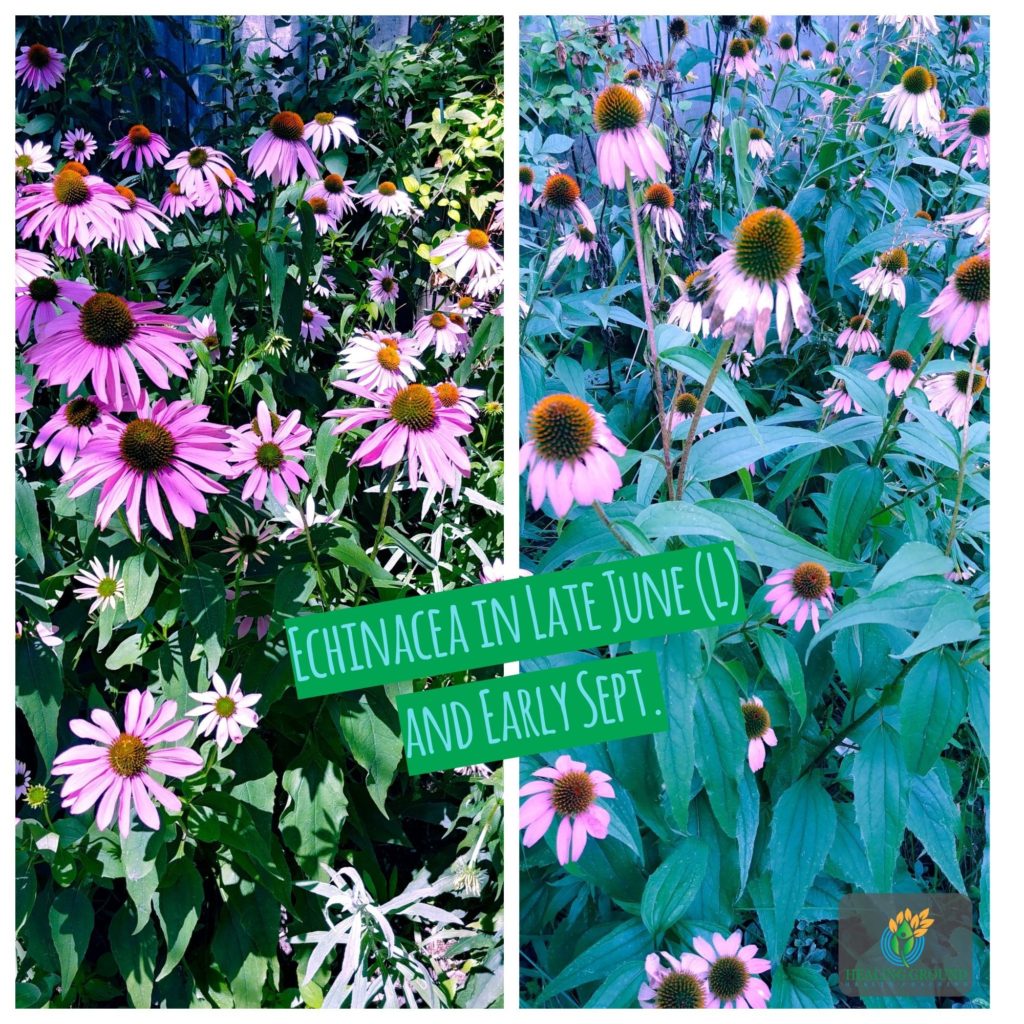
Finding the natural order
These days the world in general is also looking faded and worn out, as we teeter on the edge of the abyss. I find myself hoping, against hope, that things are happening under the soil line, out of my line of sight, that are creating the conditions for our world to somehow make it through what has been very long winter. What I do know is that under the soil line each microorganism, mineral, and animal has a purpose and a function that contributes to spring regeneration. This understanding motivates me to pay attention to the seasonal changes and prompts me to try to put myself in a position to contribute to the natural order of things.
So now I’m preparing and storing food for the winter and planning my fall cleanses. I’m planning my fall plantings and reviewing schedules for winter activities. I’m setting intentions and making commitments. If I wasn’t blogging, Facebooking, and Instagramming these activities, much of what I’d be doing would be below the soil line but I guess social media has changed all that.
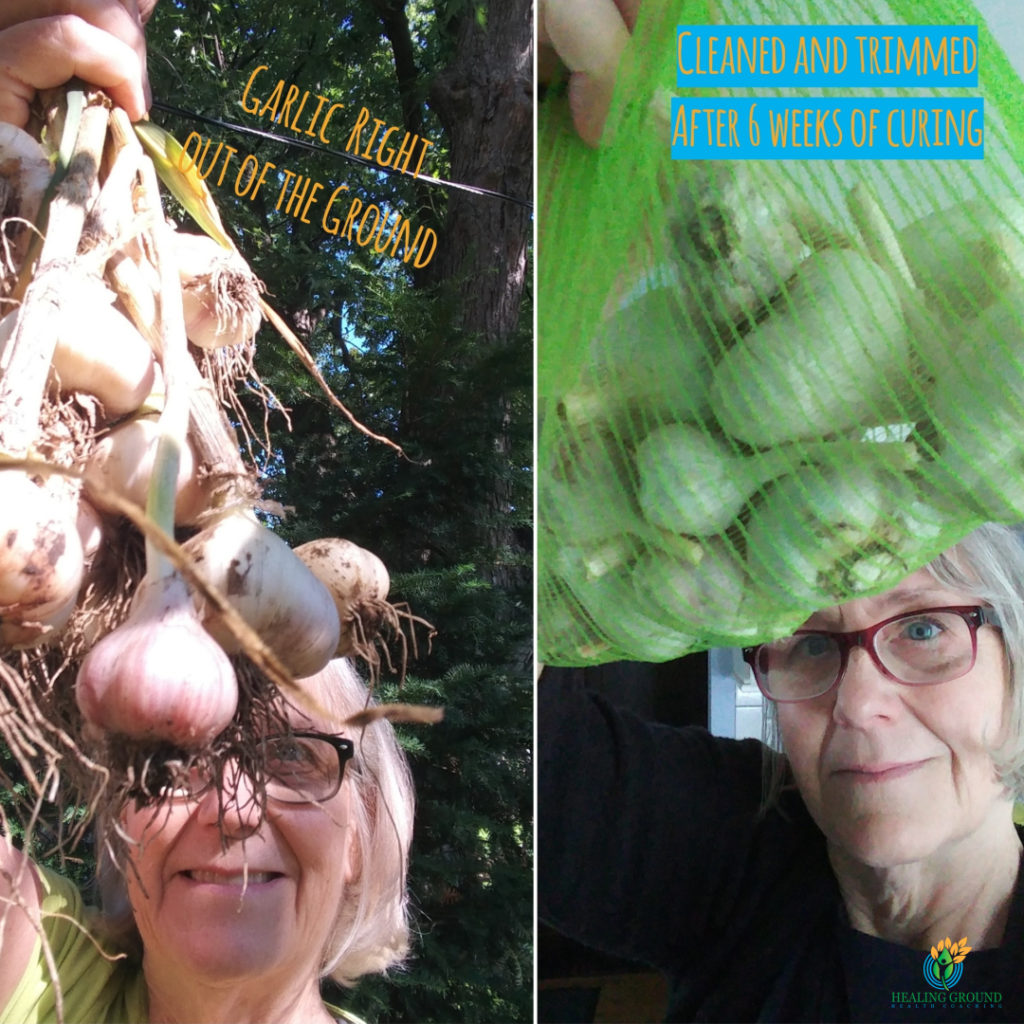
The bustle of the tree pruning is slowing and the block looks nice and tidy, is a little bit brighter, and is a lot quieter. The trees look lighter and happier and more sun is penetrating the canopy. They appear ready to do their underground winter work.
I wonder if our world couldn’t use a little pruning. Maybe it’s time to pull out our big inner machinery and clear out the energetic forces that are blocking the sunlight so we can begin the real work of allowing our planet to thrive. And we can only do that if we each do our own work below the soil line. If we do that, then maybe there is hope.
Community Gathering
I will be hosting a monthly gathering at St. Peder’s church, 4600 E 42nd St, Minneapolis, MN 55406 in South Minneapolis’ Longfellow neighborhood. Cost is $25 per session. If you are seeking support for thriving, and fully contributing to our broken world, consider attending. You can learn more at Healing-ground.com/
